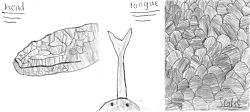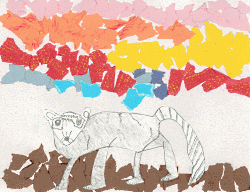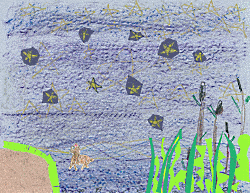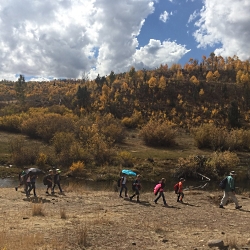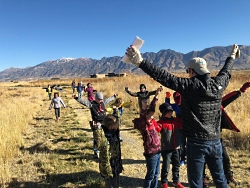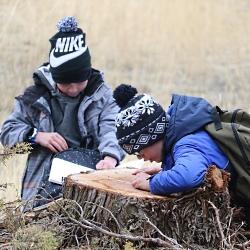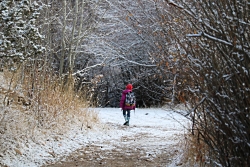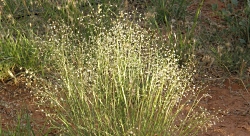
Gambelia-wislizenii
Free Image, Courtesy PXhere.com
Stumbling around the desert with fishing poles in hand. Hot, dry, no water within miles. A casual observer might question our sanity. But here’s the deal. We have full control over our mental faculty.
Our defense. First, our fishing poles are used for the capture and release of lizards. Remarkably fast and allusive, these rigs are the answer. A small slipknot noose using monofilament fishing line is attached to the end of the pole. The lizards often freeze as the line is dangled slightly in front of their nose and gently slipped over their heads. A quick upward flip and bingo (with a bit of luck) a lizard dances freely from the line’s end.
“I caught one!” alerts the others within shouting distance, and the crew soon assembles to view the prize. Photos are taken which includes GPS coordinates, then the victim passes multiple hands, and is released to resume its lizard business following the rude interruption.

Courtesy NPS
This has become an April tradition for our USU Wildlife Society students with a keen interest in herpetology. We relish the Mojave Desert surrounding St. George with flowers in full bloom and bird song in full tilt.
Our desert ramblings have revealed many herp treasures- spiny lizards, spectacled rattle snakes, desert iguanas, desert tortoise, chuckwalla, canyon tree frog to name a few. Within the past two years, we have assembled well over two dozen different species. The Mojave is second only to the Sonoran Desert for biodiversity. I’m always amazed how this parched, desolate land can support such a remarkable abundance of life forms. The Mojave Desert hosts about 200 endemic plant species found in neither of the adjacent deserts.
I’m going to end with a brief description of my favorite little lizard that appears so delicate, like a desert flower, it stands in stark contrast to this seemingly inhospitable environment. In good light its paper thin skin covered with minute scales, allows one to see the interior workings of its slender body.
The western banded gecko is secretive and nocturnal, foraging at night for small insects and spiders, often seen, silhouetted against the black asphalt of desert roads. It is one of the few reptiles that controls scorpion populations by eating their babies. If captured it may squeak and discard its tail. As a defense mechanism, it can also curl its tail over its body to mimic a scorpion. Geckos also store fat in their tails. Being they maintain a reduced metabolism at low temperatures, their tail fat can sustain them for up to nine months. Because the western banded gecko restricts its activities to nights, it is often seen, silhouetted against the black asphalt of desert roads.
This is Jack Greene and I’m wild about the banded gecko, all its cousins, and this amazing land we call Utah!
Credits:
Pictures: Banded Gecko Courtesy US NPS
Pictures Leopard Lizard, Courtesy PXHere.com
Text: Jack Greene, Bridgerland Audubon Society
Additional Reading:
Strand, Holly, The Lizard and His Tail, Wild About Utah, June 11, 2009, https://wildaboututah.org/the-lizard-and-his-tail/
Repanshek Kurt, Western Banded Gecko, Wild About Utah, Feb 23, 2015, https://wildaboututah.org/western-banded-gecko/
Strand, Holly, Gila Monsters, Wild About Utah, Feb 4, 2009, https://wildaboututah.org/gila-monsters/
One Biota Network, Noosing Technique for Capturing Lizards, YouTube, May 25, 2018, https://www.youtube.com/watch?v=tkcOpPRfeug
Reptiles, Zion National Park, US National Park Service, https://www.nps.gov/zion/learn/nature/reptiles.htm
Reptiles, Canyonlands National Park, US National Park Service, https://www.nps.gov/cany/learn/nature/reptiles.htm
Species List, Arches National Park, US National Park Service, https://www.nps.gov/arch/learn/nature/species-lists.htm
Reptiles and Amphibians, Bryce Canyon National Park, US National Park Service, https://www.nps.gov/brca/learn/nature/reptiles.htm

